With age, both physical and physiological changes occur in the body as a natural part of aging and physical changes can affect almost every organ in the body and leave an impact on the health and lifestyle of the elderly . With aging, bones, joints and muscles weaken. The bones lose density and shrink in size leaving them more susceptible to fractures. The joints become less flexible, swollen and painful leading to a lack of flexibility and balance. Even changes in body shape due to greater loss of muscle mass and reduced fat metabolism leading to the redistribution of fat in the abdominal area and buttocks making it more difficult to maintain ideal body weight. A mixture of a balanced diet and exercise to lose weight easily is the most reliable way to achieve better health outcomes in older adults so.
Adults to Maintain Weight
Daily calorie requirements of aging adults by gender and activity level
Most of us associate aging with a stage of life where people lose their independence and become increasingly dependent on others for their daily activities. But this is not true. There are many seniors aware of health that show how amazing it feels to age gracefully and have a healthy and robust physique, even at age 65 or 70.
Weight maintenance at this stage is only a matter of balancing calorie intake with activity levels. Women over 50 need 1,600 calories if they are sedentary and 2,000 calories if they are involved in physical activity equal to walking more than 3 miles per day at a rate of 3 miles per hour in addition to the physical activities of daily living . Older men often need more calories than women aging because they have more muscle mass and larger frame. Men over 50 years require 2,000 calories a day if you have a sedentary lifestyle and 2,400 calories if they participate in daily physical activity equivalent to walking 2-3 miles a day at a speed of 3-4 miles per hour.
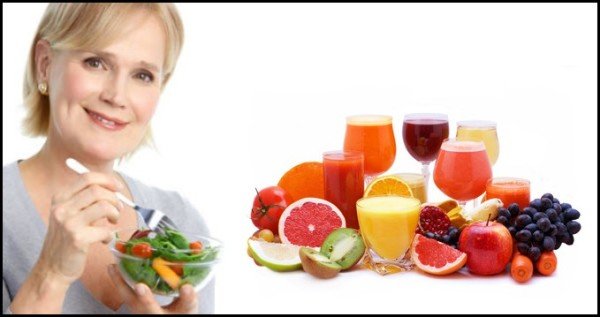
It is mandatory to elucidate the sedentarily and assets used in the above table in order to get a clear picture of the daily routine and physical activity level group of people mentioned in this table terms.
“Sedentary” – Sedentary word in this context means a lifestyle that is part of the only light physical activity associated with normal everyday life no other exercise or workouts.
“Active” – The active word in this context means a lifestyle that is part of the daily physical activities like walking more than 3 miles per day at a speed of 3-4 mph or participation in sports with light physical activity associated with normal everyday life.
Healthy Calories 1600 and 2000 Graphics calorie diet for older women
Most women tend to gain weight as they age due to slowed metabolism. Weight gain leads to a number of diseases in older women, such as cardiovascular disease, hypertension, ovarian cancer, colorectal cancer and breast cancer. More than 1/3 of the elderly over 65 are obese. Therefore, it is crucial to plan a healthy diet for aging women based on the current body weight and level of physical activity in order to promote healthy weight. Generally, after age 50, women need 1,600 to 2,000 calories a day to maintain a healthy body weight and promote weight loss. 1600 calories for women are a sedentary lifestyle are 2000 calories for women with moderately to fully active lifestyle.
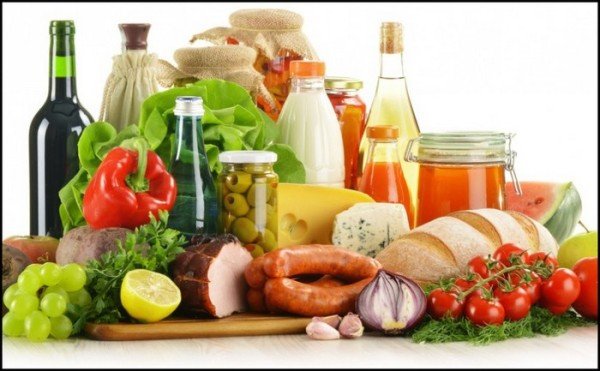
1600 calorie diet plan for women of advanced age Sedentary lifestyle
As we age, our preferences of appetite and food change, but even the elderly have to choose healthy foods to lose weight and maintain a healthy weight. Because older women need fewer calories to maintain weight compared to younger women, it becomes difficult for women over 50 to lose weight. Furthermore, a weight increase after the age of 50 increases the risk of breast cancer. It has been shown that daily for women in their 50s and 60s-style more or less sedentary calorie needs is approximately 1,600 calories. A very low calorie diet as a simple diet plan 1200 calorie or 1600 calorie meal plan can help you lose weight without much physical activity. But a meal plan of 1,600 calories should include foods from all food groups in order to meet all the needs of vitamins and minerals from the body.
The meal plan of 1,600 calories for older women should be divided into 3 meals, each consisting of about 500 calories and 2 small snacks, each consisting of about 50 calories.
Breakfast – 2 slices of toasted bread, 1 teaspoon butter, 1 cup orange juice, 1 tortilla made with 2 eggs, 1/2 cup chopped mushrooms and 28 grams of low-fat cheese.
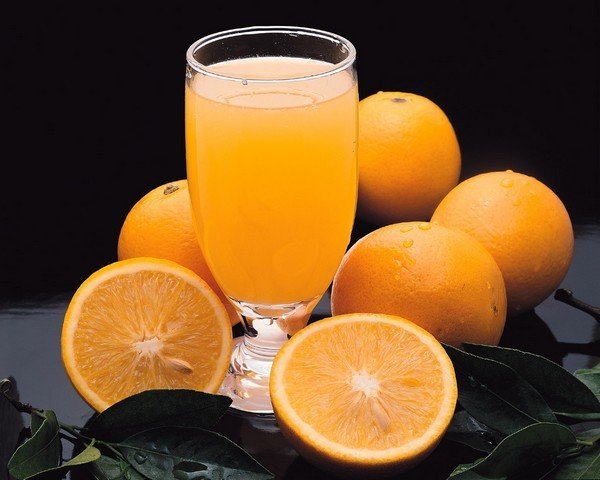
Mid-morning snack – 1 small apple
Lunch – Pasta salad made with 1 cup cooked whole wheat pasta, 56 grams diced chicken breast, 28 grams low fat mozzarella cheese with 1.5 cups of cooked mixed vegetables, 1 small orange
Night snack – 2 cucumbers
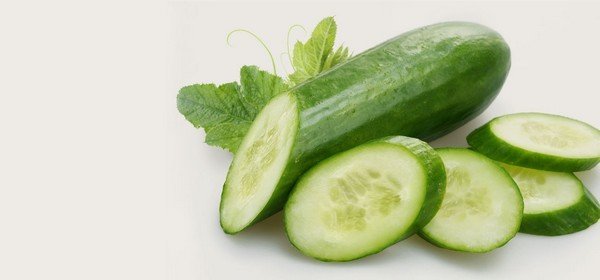
Dinner – 1 cup cooked brown rice, 113 grams sauteed tofu or cottage cheese, 1.5 cups mixed cabbage, onion and pepper salad
2000 calorie diet for older women with Active Lifestyle
The plan 2000 calorie diet is considered one of the best healthy diets for women of all ages and is also suitable for older women with an active lifestyle. Unlike short-term diets 7 day diet plan to lose weight, a well-planned 2000 calories helps meet the daily requirement of nutrients without adding empty calories diet. A plan 2000 calorie diet should include fruits, vegetables, protein foods, dairy, grains and healthy oils. This diet, when combined with daily exercise and physical activity can help drop pounds and allow older women keep fit and reduce risk of heart disease, cancer, diabetes and other chronic diseases.
The plan 2000 calorie diet for older women should be divided into 3 meals of equal size and 2 snacks, each meal comprising about 500 calories, and every bite comprising 250 calories.
Breakfast – 1 cup whole grain cereal, 1 cup low-fat milk, 1 slice whole grain, 1.5 teaspoons of peanut butter and sliced 1 pear
Mid-morning snack – 1 apple, 1 cup low-fat yogurt
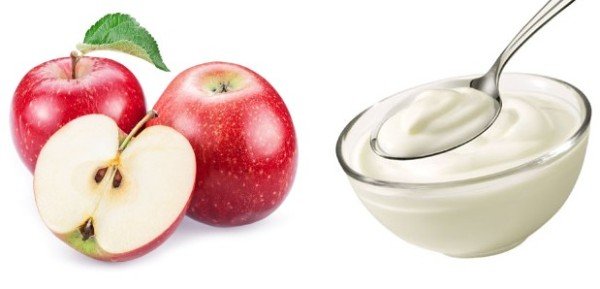
Lunch – 1 cup of cooked quinoa, sauteed vegetables, 1 cup, 84 grams of salmon cooked in vegetable oil 1 teaspoon
Evening Snack – 28 Grams Nuts
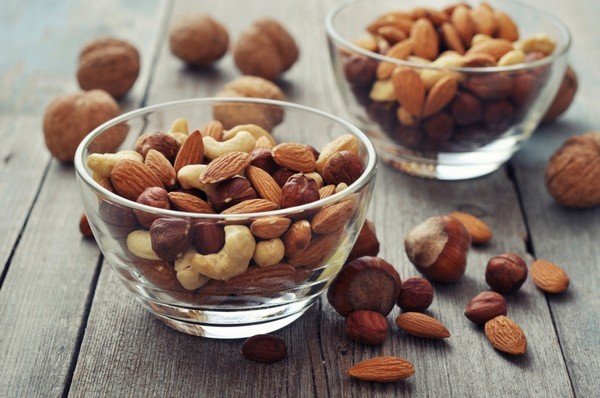
Dinner – 1 cup cooked brown rice, 140 grams of grilled chicken breast, 1 cup cooked squash or zucchini, 1 part light pastel
Importance of a balanced and healthy diet for aging Women
It has been seen that women over 50 need 1,600 to 2,000 calories per day for healthy functioning of the body, maintaining a healthy weight and promote weight loss, depending on your daily activity level. Daily for weight loss in older women active Calories are calories 1600, and is also suitable for the overweight and obese women who are trying to lose weight. Women should reduce calorie intake by 500 to 1,000 calories per day to lose 1 kg per week.
As we age, the efficiency of the body to absorb nutrients from food decreases and therefore, it is essential to plan a diet full of nutrition in order to hit the target.
Some of the essential minerals for the body and its proper functioning are calcium, potassium and magnesium and older women should receive these minerals from their food.
Some other essential nutrients that are needed at this age are vitamin B12 helps in healthy nerve function, folic acid helps prevent anemia, vitamin D promotes calcium absorption and prevents osteoporosis, fiber helps healthy digestion and omega 3 fatty acids that help in reducing arthritis symptoms and slow the progression of macular degeneration related to age.
Older women with high cholesterol should opt for low saturated fat requires lean cuts of meat, fish and dairy products low in fat and avoid foods high in trans fats, such as sweet baked goods, fried foods, etc.
The majority of older people fall short when it comes to fruits and vegetables. But these two groups of foods are the best sources of essential vitamins and minerals required by the body.
A balanced diet should also put emphasis on the balance of body fluids. It helps in preventing dehydration.
But we must make the right decisions as specific health condition of an individual. Flavored water or lemon water, green tea and natural mixed drink green tea are much better option for people with diabetes compared with fruit juices or soft drinks.
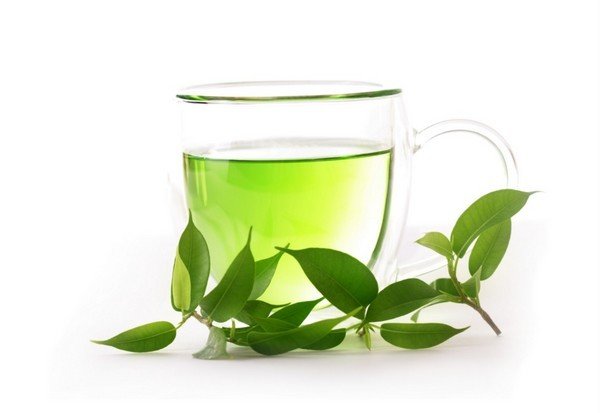
Healthy calories Graphics 2000 and 2400 calorie diet for older men
Upon reaching the golden years; the daily calorie requirement changes due to the change in body composition – more fat and less muscle. In modern times, obesity has become an epidemic among people of all ages, including the elderly and the question of how to overcome obesity is a burning issue that society is still struggling to solve. But exactly how many calories that a man needs daily to maintain a healthy body weight depends on their age and level of physical activity. It has been found that daily calorie intake for men over 51 ranges between 2000 and 2400 calories. But the problem that requires fewer calories is that it is difficult to meet the daily nutrient requirements of the body, so it is essential to include nutrient-rich staple foods in the diet. A healthy diet for men with style more or less sedentary lifestyle should include 2000 calories to prevent weight gain and reduce the risk of obesity. The requirement of calories for men over 51, with an active lifestyle is about 2,400 calories.
Plan 2000 calorie diet for older men with sedentary lifestyle
As you age, it is important to include healthy foods at each meal in order to stay fit and strong. Healthy eating also helps keep the mind sharp and improve the quality of life. It becomes difficult for men aged 50 to maintain weight. This is because, as men age, they become less physically active and lose muscle mass and gain fat. All these things together makes the metabolism to slow down. Thus, more work is required to maintain the metabolism. Most older men with sedentary lifestyle or moderately active require 2,000 calories to maintain a healthy weight and keep up with day to day.
A diet of 2,000 calories for men is secreted into 3 meals and 2 snacks, each meal covers about 500 calories and every bite that covers about 250 calories.
Breakfast – 2 slices of whole wheat toast, 28 grams of bran flakes, 2 tablespoons low-fat margarine, 1 cup skim milk 1 peach
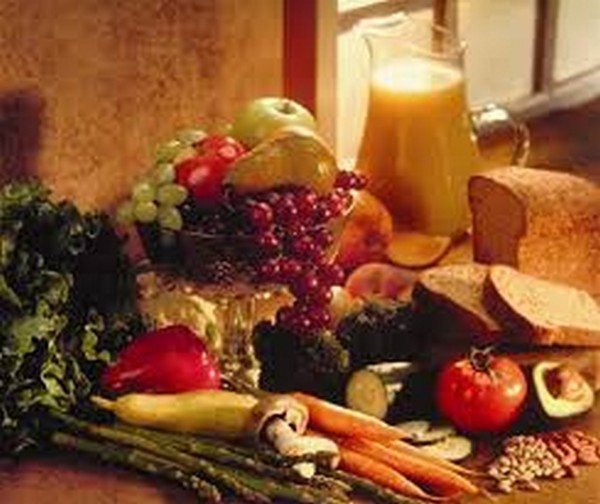
Mid-morning snack – 1 cup fruit yogurt and bran mixture
Lunch – chicken sandwich made with 2 slices of whole wheat bread served with 84 grams of sliced chicken breast, 28 grams of cheddar cheese, 1 tablespoon mayonnaise, lettuce, tomato slices and cucumber slices, orange juice 1 Cup.
Evening Snack – 1 cup nonfat yogurt, 3 graham crackers
Dinner – 112 ounces of baked fish, 1 medium baked sweet potato, 1/2 cup steamed broccoli, 2 slices whole wheat bread, 2 teaspoons of margarine, 1 cup lemonade light, half cup light fruit custard
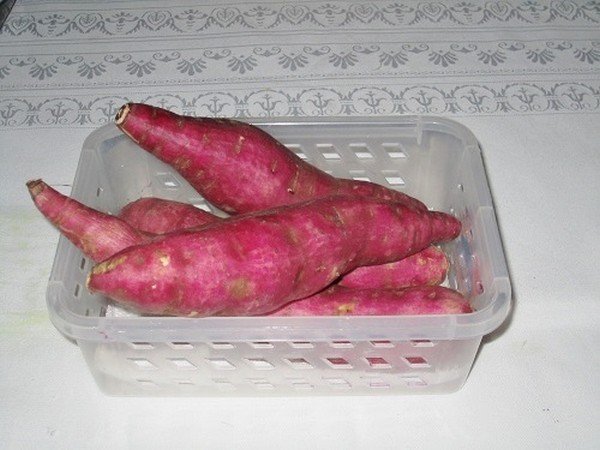
2400 Calorie Diet Plan for older men with Active Lifestyle
The combination of a physically active life style with a balanced diet is one of the best diet tips for men than AIDS in healthy aging. Chronic diseases and overweight are much less frequent among older men who remain physically active for at least 30 minutes most days. It helps keep your metabolism throughout the day and burn excess calories. In addition, daily physical activity also helps maintain strong bones and for men to grow old gracefully without losing mobility muscles. Needs daily for men over 50 years with the style of life more or less active 2400 calories are calories. It’s enough to meet the daily energy needs of the body and maintain a healthy weight.
2400 calories over 3 meals and 2 snacks, each meal contains about 600 calories and every bite contains about 300 calories.
Breakfast – 1 banana, 1 cup of cereal, 1.5 cups of skim milk, 3 / quarter cup of apple juice, 1 cookie peanut butter
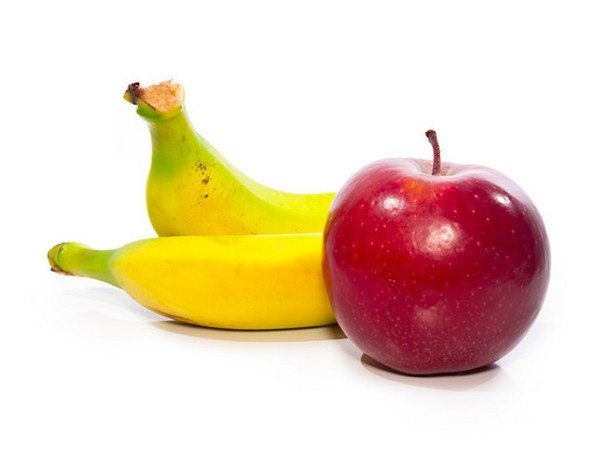
Importance of a balanced and healthy diet for older men
Eating a healthy diet along with regular physical activity can help older men live a full, active life and help preserve a healthy physique, even in old age. A healthy lifestyle helps reduce the risk of serious diseases such as heart disease, diabetes mellitus, renal failure and obesity. Older people tend to eat too much or too little, and this leads to weight gain, either exponentially with time or serious energy deficiency, leading to various health problems and suppress the immune power.
The diet for older men should have a balance between the needs of calories and daily physical activity. The more active you are, the more calories
Choose foods high in fiber and complex carbohydrates such as multigrain bread, brown rice, wheat pasta, sweet potatoes and cereals.
A good healthy diet for older men should include 5 servings of fruits and vegetables. Try to have a mix of colorful vegetables and fruits such as carrots, sweet potatoes, peppers, spinach, oranges, apples, bananas, etc.

Choose heart-healthy fats unsaturated fats, such as vegetable oils, olive oil and rapeseed oil for salad dressings and cooking.
Proteins are the building blocks of muscles, so it is essential to eat a variety of foods rich in protein daily Some of the best sources of natural proteins are lean meat, fish, chicken, beans, legumes, eggs and nuts.
Stay hydrated to prevent constipation and dehydration related symptoms such as fatigue and dizziness and enjoy alcohol in moderation.
Importance of exercise and physical activity for adults Aging
There are endless benefits of exercise and physical activities such as healthier heart, more flexibility, stronger bones, etc, but what are the additional benefits of exercise especially for older people? Here is a list of some of the incredible benefits of exercise for older adults.
– Regular physical activity reduces the approach of various age-related diseases such as cardiovascular disease, stroke, diabetes, colon cancer, etc. diseases, and can actually reduce overall rates of hospitalization and death.
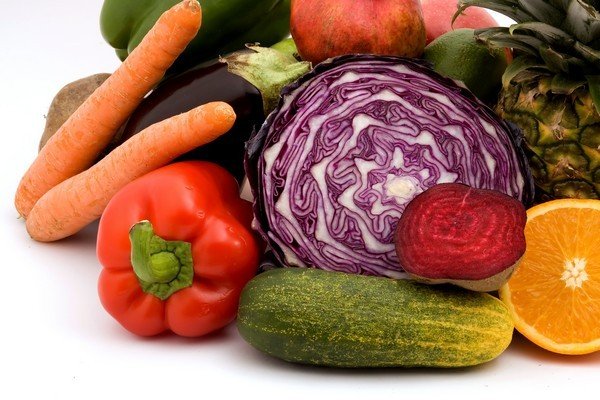
Choose heart-healthy unsaturated fats, such as vegetable oils, olive oil and rapeseed oil for salad dressings and cooking fats.
Proteins are the building blocks of muscles, so it is essential to eat a variety of foods rich in protein daily Some of the best sources of natural proteins are lean meat, fish, chicken, beans, legumes, eggs and nuts .
Stay hydrated to avoid constipation and dehydration related symptoms such as fatigue and dizziness and enjoy alcohol in moderation.
Importance of exercise and physical activity for seniors
There are endless benefits of exercise and physical activities such as healthier heart, more flexibility, stronger bones, etc. But what are the additional benefits of exercise especially for older people? Here is a list of some of the incredible benefits of exercise for older adults.
Diseases – Regular physical activity reduces the focus of various age-related, such as cardiovascular disease, stroke, diabetes, colon cancer, diseases etc. diseases, and may in fact reduce overall rates of hospitalization and death.
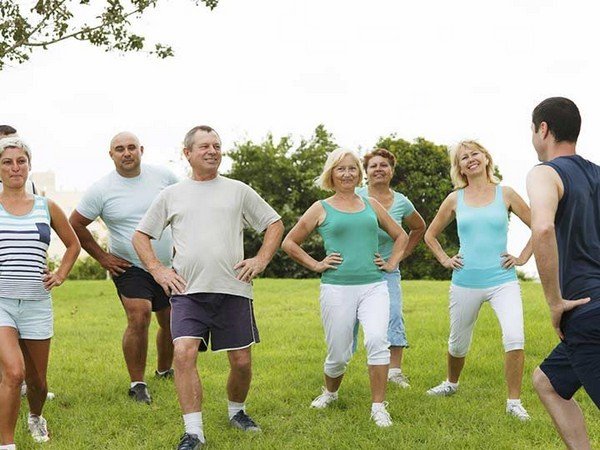
Better Quality of Life – In most cases, seniors become dependent on others because of the growing lack of strength and reduced physical function, but the daily physical activity helps seniors to remain self-sufficient and do day by day she works as carrying groceries, climbing stairs and walking long distances on their own.
Mental Capacity Increase – gradual mental deterioration is part of aging, but physical activity and exercise can slow this process. Exercises increase blood flow to all parts of the body along with the brain which in turn promotes the growth of brain cells and prevents the onset of dementia and Alzheimer’s disease in the elderly.
Increased Balance – One of the main causes of hospitalization among older adults is bone and injuries caused by falls which often leads to disability and loss of independence fractures. Exercise helps improve balance, flexibility and coordination and avoiding falls and serious injuries.
A little at a time – When it comes to physical activity for older people, consistency is more vital compared with intensity. Lightweight walking, yoga, tai chi and stretching techniques are efficient enough to achieve substantial health benefits.
Make some changes healthy lifestyle as the start following a healthy diet according to their level of activity and calorie requirements per day, enjoy your night’s sleep habits and giving up smoking and excessive alcohol consumption in order age and while maintaining your energy and stamina.